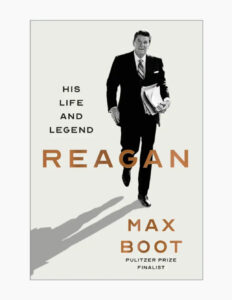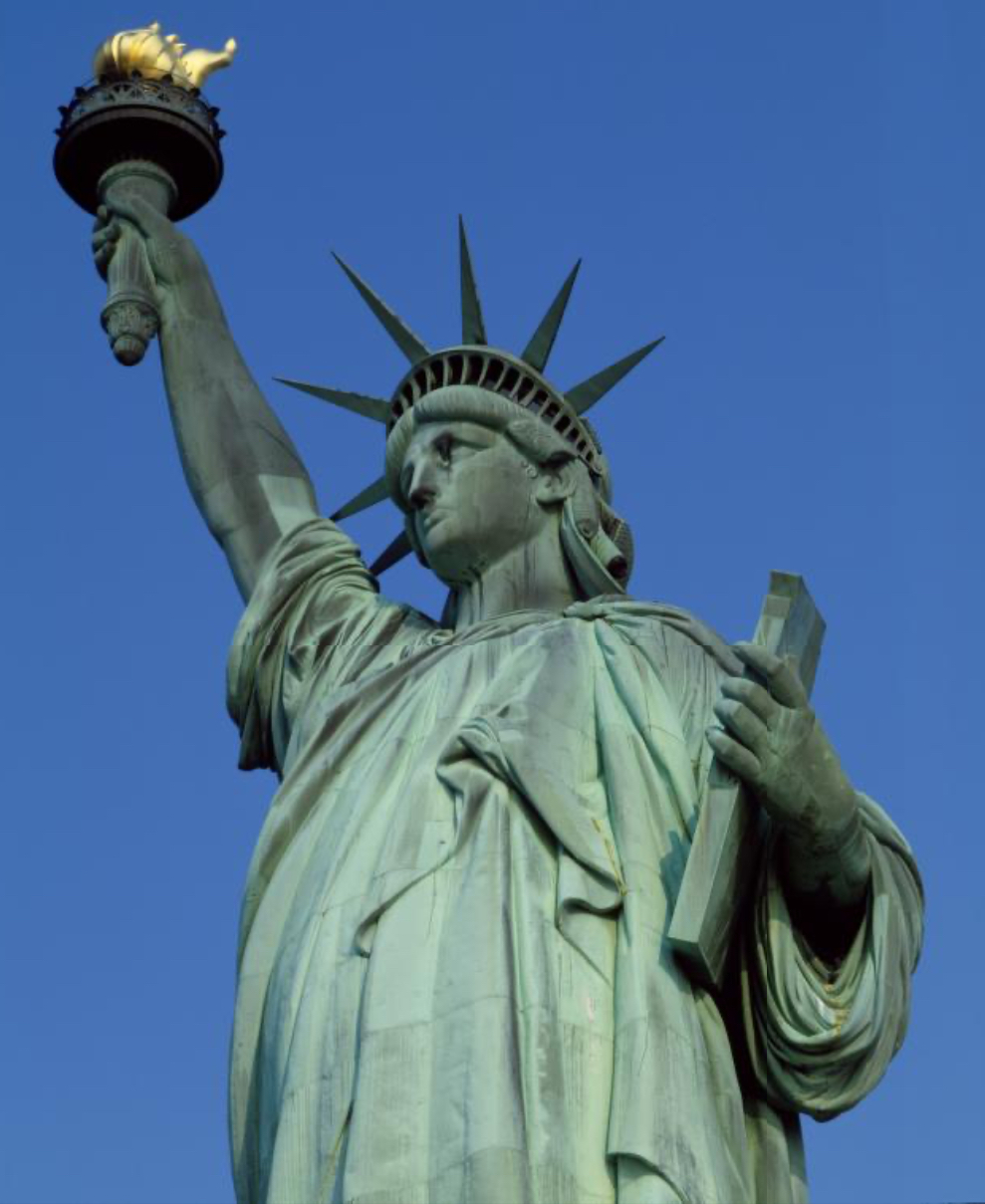When I retired in 2013, I thought my marching days were over. I was so wrong. The work for social justice never ends. Today is May Day, also known as International Workers’ Day or, in places like the United Kingdom, France and Germany, Labour Day. Here in the United States, it’s a time for workers to come together and advocate for labor rights and social justice. Parades, rallies, marches and protests. Grassroots activism at its finest. On this May Day, tens of thousands of protesters across America will fight back against the “war on working people.” Families over fortunes. Public schools over private profits. Health care over hedge funds. Prosperity over free market politics.
All of the issues we have hit the streets for thousands of times before on the first of May. But this year, there is something different in the air. It’s a strengthened resistance that has been gaining momentum.
I find it interesting that the term “mayday” also is an internationally recognized distress signal used to indicate a life-threatening emergency. Transmitted via radio to air traffic control or nearby aircraft, “mayday” comes from the French phrase m’aider, meaning “help me.” That’s precisely why the idea came about to use it when someone is under distress. Three consecutive times in fact.
Lately, that describes a lot of what I’ve been feeling since January 20. Mayday, mayday, mayday.
Now, 101 days later, my distress level has boiled over like a pot of Mom’s spaghetti sauce that’s been on high heat far too long. The stovetop’s burners are charred and crusty, well beyond redemption, even with a Dawn Platinum Powerwash scrubbing.
This current “flood the zone” style of leadership makes me nuts, which is exactly the point of doing it. Every day it’s some new crisis. Immigration, foreign policy, the economy, tariffs. All I can do is watch my hard-earned investments circle the drain.
Be patient. Don’t panic. Let things play out. Surely, the tide will turn after a little pain.
The only thing I’m sure about is that the market doesn’t like uncertainty.

It’s enough to make a girl lose what’s left of her mind and read a book about Ronald Reagan. Which I did. After trying a free sample on my aging Kindle, of course. And no, I’m not feverish. Call it curiosity.
A part of me wanted to know if there was any chance the seeds of our current administration’s MAGA-ism was found anywhere else in our recent history, aside from the usual dreadful dictators and tyrants. I searched, and a recent book by historian and best-selling author Max Boot popped up.
In his introduction, Boot poses this very question about Reaganism. IMHO, I would give that a resounding yes. But Ronnie did it with his sunny disposition and “aw, shucks” charm. So far, Donnie has done it with … neither.
Published in September 2024, Boot’s book is called Reagan: His Life and Legend. It’s a biography about Reagan’s rise to power. How he started his political career as a New Deal Democrat who fought for social justice and ended it as a two-term Republican president of the United States.
It’s a complex story from Reagan’s early days in small-town America raised in an unhappy home dominated by an alcoholic father to his rise as a regional sports announcer. How Hollywood welcomed his rugged good looks and limited range acting then later became president of the Screen Actors Guild. Not surprisingly, politics suited him, and he was elected California’s governor. The rest is history.
It should be noted that the book’s author once considered Reagan his hero. But our current president’s unorthodox approach to conservatism drove him away and pushed Boot out of the GOP entirely. He’s now an Independent.
“If we ever closed the door to new Americans,
our leadership in the world would soon be lost.”
Known for his guy-next-door image, Reagan earned the moniker “The Great Communicator” for his effectiveness as a public speaker. He had charisma and good looks. But those close to him said he also had a glacial reserve. Nevertheless, he was an important figure in the American conservative movement, so much so that it’s forever known as the Reagan era.
(Aside: Remember “Reaganomics” of the 1980s? A supply-side economic policy involving deregulation and cuts in both taxes and government during a period of high inflation and unemployment, known as stagflation. Guess that economics minor from 45 years ago has finally trickled down, eh?)
In 1980, I was 20 and still in college. Not a fan of Reagan, although I think my father may have been. Frankly, 45 years ago a dramatic number of U.S. voters were disillusioned with the country’s economic malaise and leadership of Democrat Jimmy Carter, along with the previous four years under Republican Gerald Ford. As I recall, I campaigned for candidate John Anderson, the Independent.
It was such a different world. A gallon of milk cost $1.89, a loaf of bread was 66 cents, and the average new car was about $6,300. I bought my 1981 Volkswagen Rabbit for $8,000. It had a diesel engine and a manual transmission that I didn’t even know how to operate. (How did I ever make it to 65?)
In 1984, Reagan was re-elected for a second term. He was 73. Seems young now, doesn’t it?
Our nation’s 40th president preferred a dog whistle to the current Pennsylvania Avenue resident’s firehose of falsehoods. But in support of my hypothesis, there are some striking similarities that I hadn’t thought about before reading this book:
- Each was a Democrat before switching parties to be a Republican.
- Each used the now-familiar campaign slogan, “(Let’s) Make America great again.”
- Each was the oldest president to take office at the time of their inauguration (since surpassed by Joe Biden).
- Each survived an attempted assassination by a lone gunman with no apparent political motive.
- Each had a poor record on civil rights, labor unions and racial justice.
- Each dealt with scandals during their administrations. For Reagan, it was the Iran-Contra affair, while the current occupant forged other extra-curricular dalliances.
- Each had a devastating blind spot when it came to a historic health crisis: Reagan with HIV-AIDS, the other with his mishandling of the COVID-19 pandemic.
To further complicate this post, I recently read a Heather Cox Richardson “Letters from an American” newsletter that former U.S. Speaker of the House Nancy Pelosi once said the best speech on immigration was by none other than … President Ronald Reagan? Indeed.
From where we’re standing now, the year 1989 looks like the age of innocence. Pro-immigration views, the defiance of tyranny, evil empires and a politics of optimism. A kinder, gentler conservatism, perhaps.
On the last day of his presidency, in his final speech, Ronald Reagan recalled what he said someone had once written to him:
“You can go to live in France, but you cannot become a Frenchman. You can go to live in Germany or Turkey or Japan, but you cannot become a German, a Turk or a Japanese. But anyone, from any corner of the Earth, can come to live in America and become an American.”
He continued: “We lead the world because, unique among nations, we draw our people — our strength — from every country and every corner of the world. And by doing so, we continuously renew and enrich our nation. While other countries cling to the stale past, here in America we breathe life into dreams. We create the future, and the world follows us into tomorrow. Thanks to each wave of new arrivals to this land of opportunity, we’re a nation forever young, forever bursting with energy and new ideas, and always on the cutting edge, always leading the world to the next frontier. This quality is vital to our future as a nation. If we ever closed the door to new Americans, our leadership in the world would soon be lost.”

Might be a good time to watch Reagan’s 1940 film “Knute Rockne, All American” about the University of Notre Dame’s legendary football coach and player George Gipp, who leads the Fighting Irish to gridiron glory.
(Note: Spoiler alert ahead if you haven’t seen the movie.)
On his death bed, George says to his coach, “Rock, sometime when the team is up against it and the breaks are beating the boys, ask them to go out there with all they’ve got and win just one for the Gipper.”
I’m thinking now might be a good time to start.
(YouTube: Barbra Streisand recorded “Lady Liberty” in 2018. She co-wrote it with songwriter Desmond Child, and it appeared on Streisand’s album Walls. It features lyrics that urge others to make their voices heard. The message seems more urgent now than ever, and she believed that the key lyric was this: “The real danger lies in the sound of silence.”)





8 Comments
Kathie Grevemeyer
As always, Jennifer, your blog is informative and just right on! Thank you for taking the time to keep us educated and up to date in this uncertain time.
Jennifer John
Thanks, KG.
Julie Sayers
Very interesting comparison and history leason! Thank you.
Jennifer John
Thanks, JS.
Laurie M.
Insightful, educating, thought provoking, spot-on for m’aider. Thank you for helping to temper the anger and fear we’re all feeling. Thank you for Barbra! I LOVE her! Thank you for being you and writing this blog to keep us entertained and engaged. Merci de m’avoir aide to just breathe!
Jennifer John
So you’re a talented groomer who also speaks French? Oh my! You’re way cooler than we thought. Thanks, L.
Lenore Leah Devlin
Nailed it again, Jen. Previous comments are my thoughts exactly! Thank you.
Jennifer John
Thanks, L.